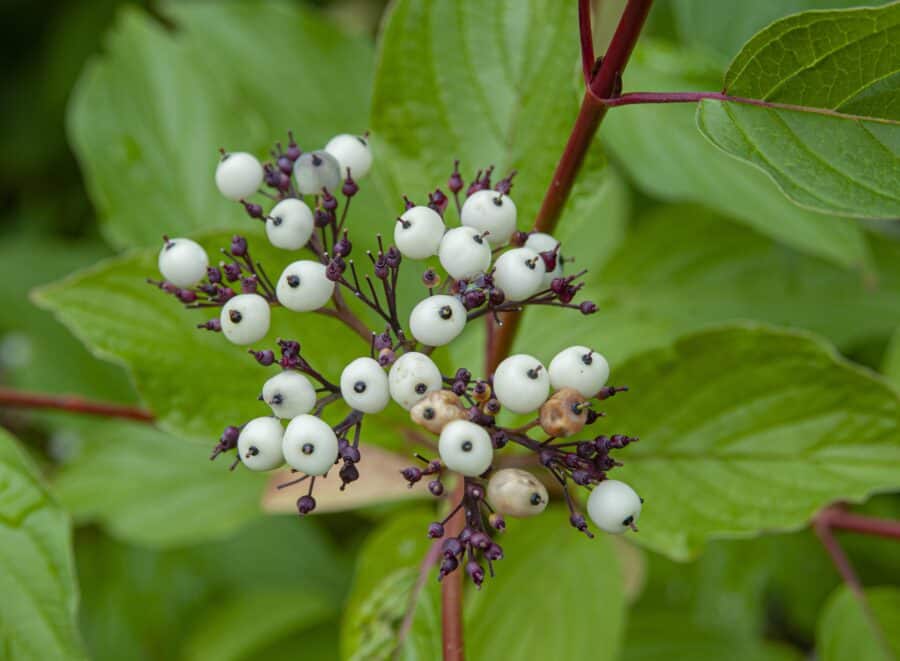
Red osier dogwood Cornus sericea – Traditionally used to treat skin ailments and fevers 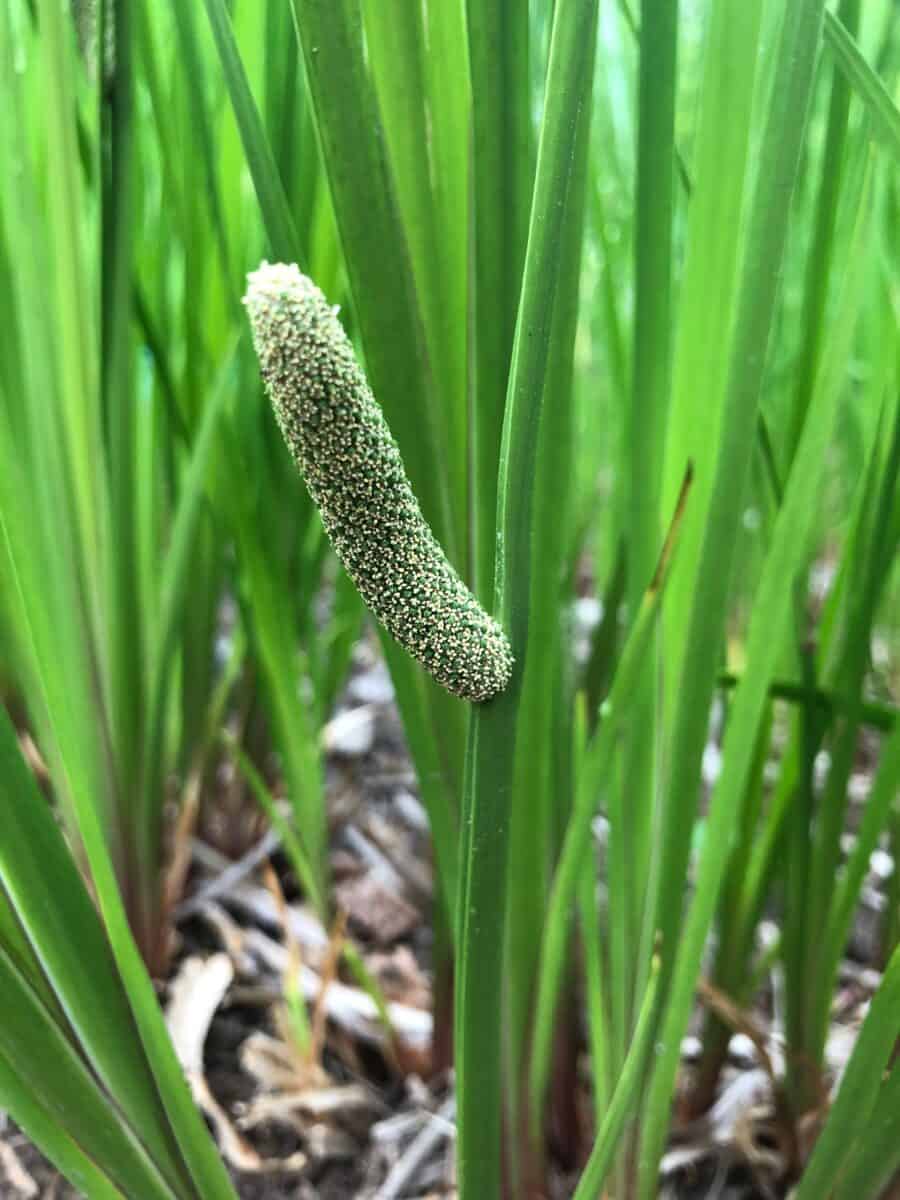
American sweetflag Acorus americanus – Can be used to treat a variety of ailments from anxiety to heartburn 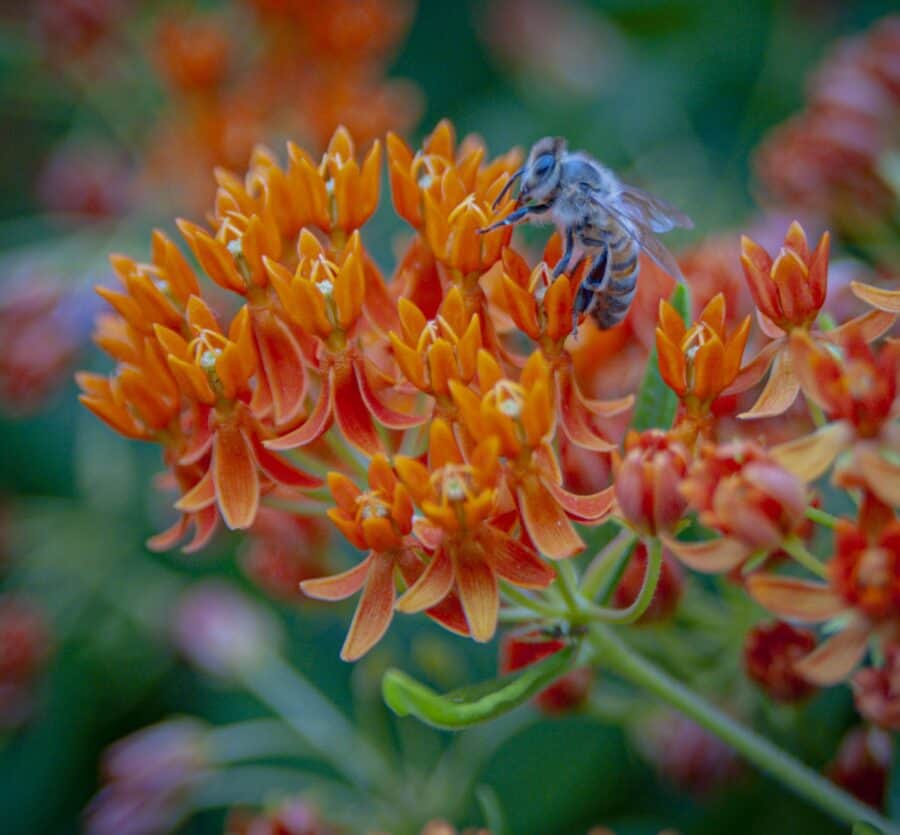
Butterfly milkweed Asclepias tuberosa – Root poultice can be used for bruising and swelling 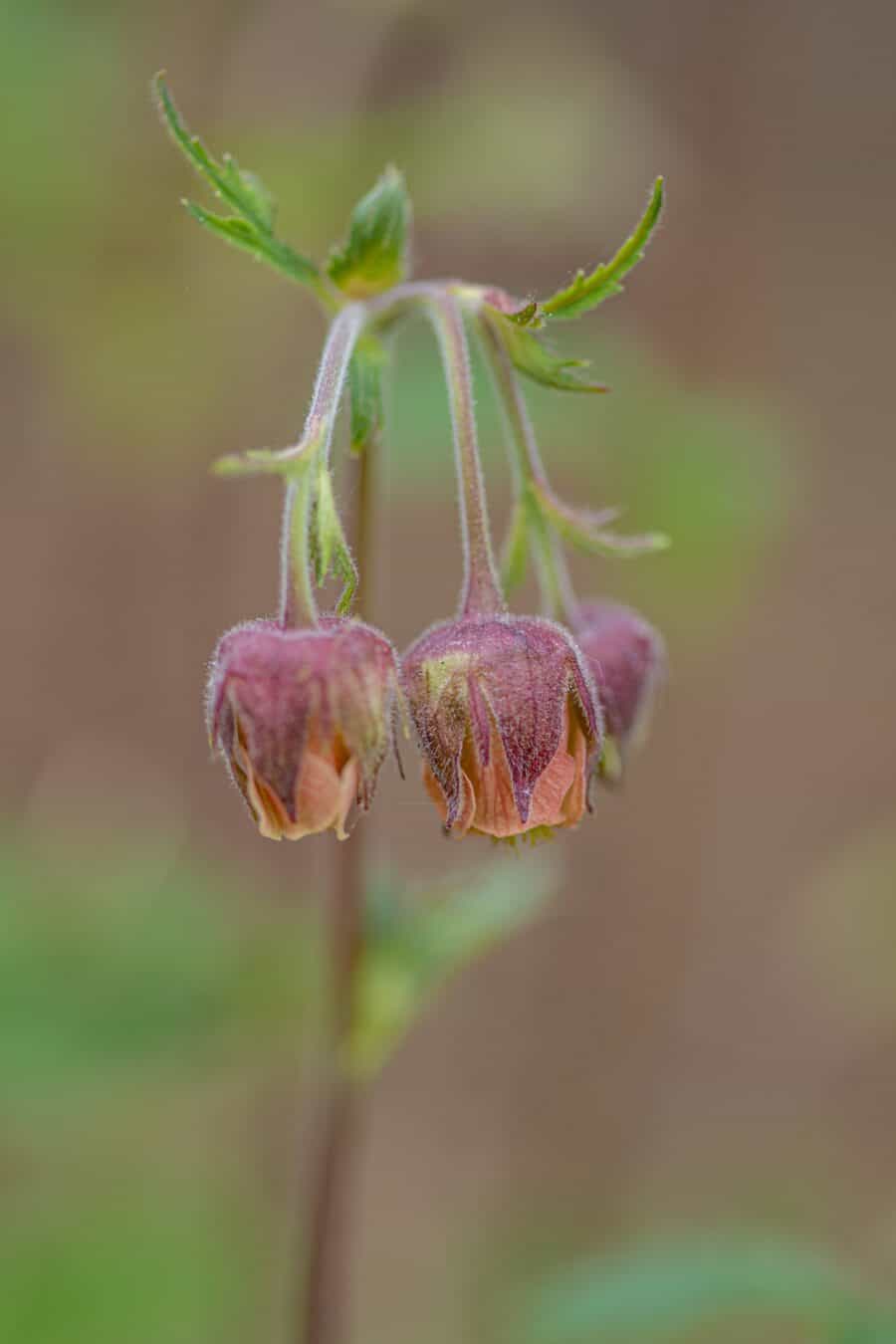
Water avens Geum rivale – Aside from a variety of medicinal uses, a tasty chocolate-like drink can be made out of the root 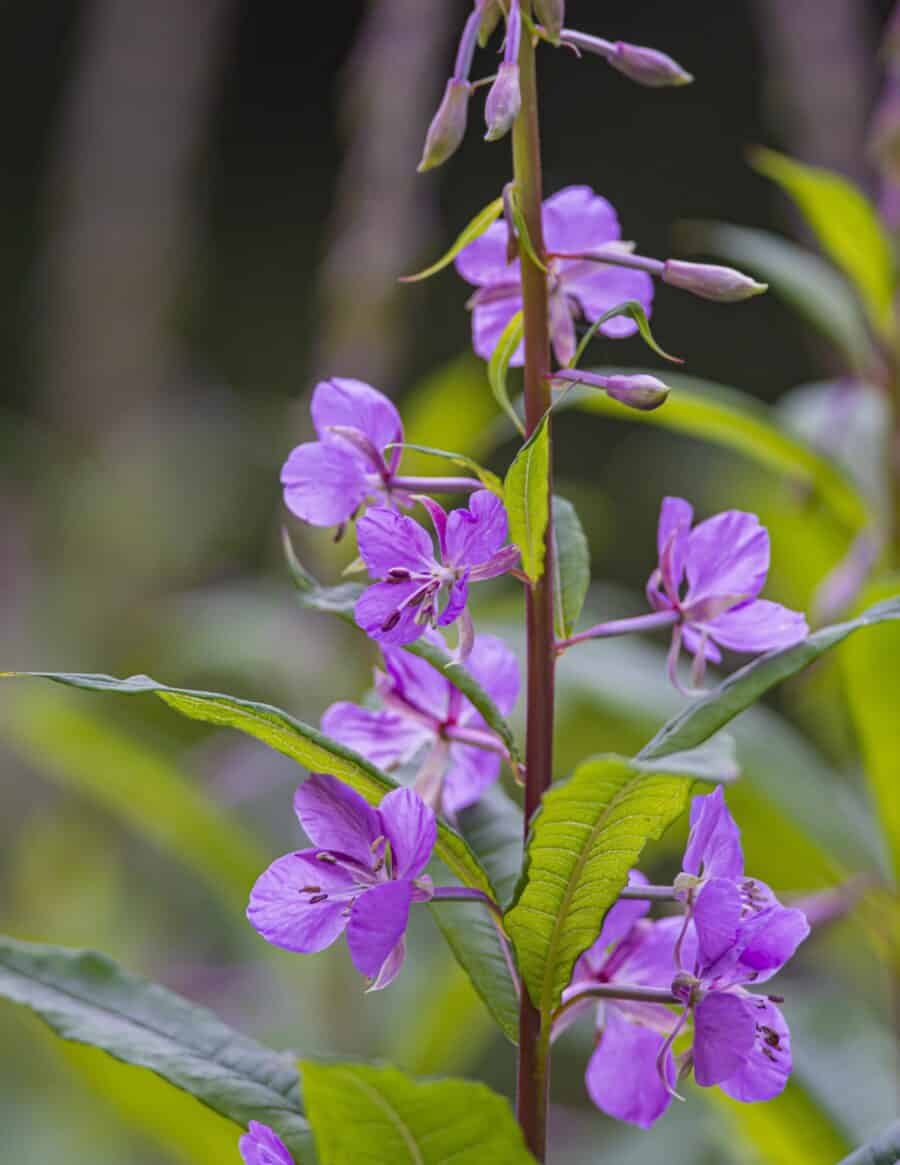
Fireweed Chamaenerion angustifolium – Used to reduce pain and inflammation as well as a food source
So many of our native plants have valuable medicinal properties. The uses mentioned here are just a few of the myriad. It’s important to research plants thoroughly before trying any herbal remedies as many of the plants that heal us can also harm us.
Our Medicinal and Food Garden reminds us of the important role that plants play in our daily lives. For millennia, plants have played an essential role in human health and wellness, providing human beings with necessities such as clean air, shelter, clothing, food, and medicine.
Although the world has shifted from hunting and gathering to large-scale agriculture, plants remain central to our food chain. Plants have also served as our medicine since ancient times and still do today: A vast number of pharmaceuticals contain chemical compounds derived from plants. As you explore our Medicinal and Food Garden, you’ll discover both traditional and modern uses of plants.
On the west side of the garden, you’ll see beds with plants native to our region, many of which Indigenous populations used for food and medicine. On the east side of the garden, you’ll see plants that are not native to this region. Many of these species were introduced by European settlers carrying plants and seeds from their homelands. These plants, too, have been cultivated for their pharmaceutical and culinary properties.


 Acadia University
Acadia University